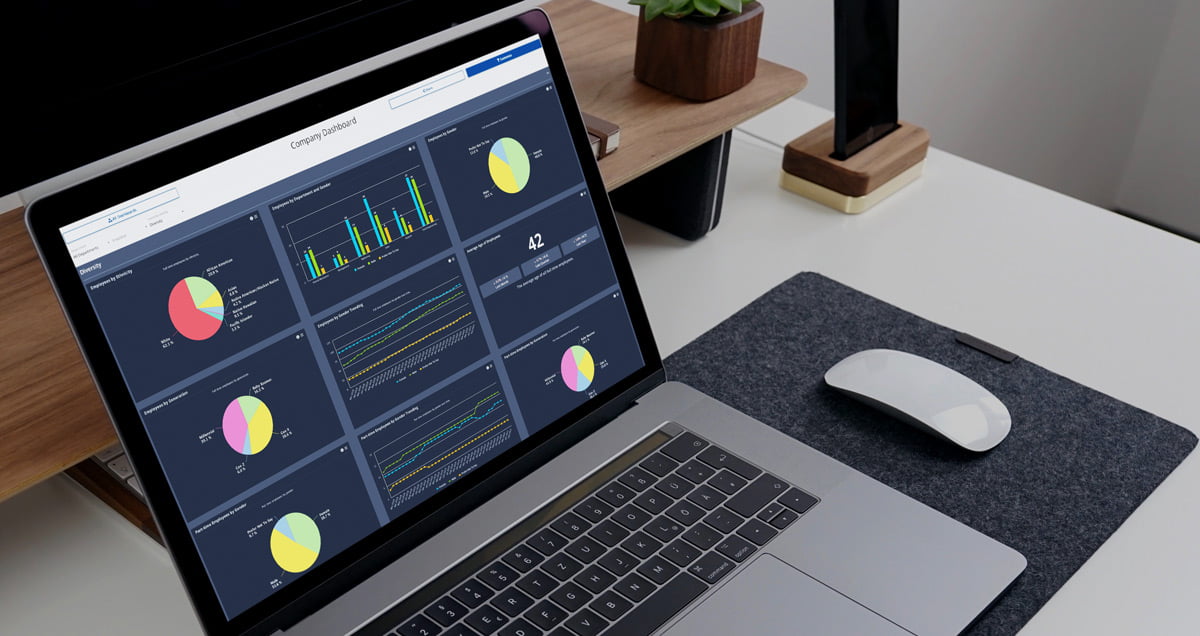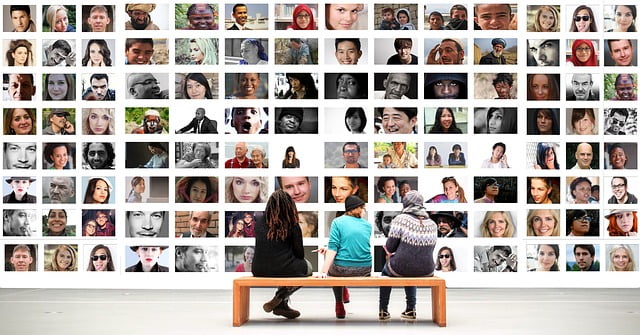We’re excited to wrap up our 3-part series on “Making DEI Programs Actionable.”
Recall, in Part 1 we covered the definition of DEI terms, why DEI programs are top of mind for HR professionals, the right reasons to create a DEI program, and the first two steps – Strategize and Benchmark – to take to start building your DEI program.
In Part 2 of this series, we went over two more steps – Step 3: Evaluate and Step 4: Act – in building your DEI program.
In this Part 3 we’ll cover the final steps – Step 5: Measure and Step 6: Sustainability – to get you on your way. So, let’s get going!
Step 5: Measure
The investment into DEI programs is bigger than ever across all organization sizes and industries. As an HR team, do you struggle with how you contribute to ROI? Are you able to show the impact HR makes on your organization? How can you demonstrate to leadership what numbers are affected by your HR team’s efforts, such as increasing sales and marketing qualified leads? Hopefully, your organization’s mindset about a DEI program is that it is not merely a temporary initiative, but rather it’s aligned with your strategic objectives. (Remember back on Step 1?) It’s not an occasional workshop now and then – it’s a full culture shift from top to bottom.
What Should Be Measured?
Here are some ideas on what to measure so that you know if what you’re doing is making an impact:
- Budget Allocated For DEI. These programs take consistent funding tied to performance and achievements.
- Number of Diverse Employees. This isn’t just about the number of applicants from diverse groups. You should also measure the percentage of underrepresented candidates that your company actually hires, which positions they hold, and which departments they are in.
- Percentage of Diverse Employees in Leadership. Diversity should be at every level of the organization, including leadership.
- Retention and Engagement. Are your diverse employees happy, given opportunities, participating, and sticking around? These items will tell you if your program is working.
- Number of Negative Reports. Your employees should feel safe reporting negative incidents focused on their diversity. You want to see those numbers decrease each year.
- Participation in DEI Training. Each team should track employee participation in your training courses and get feedback on their ratings of the training.
There are many other areas that you can measure, but this list will give you a good place to start internally. But don’t forget about your suppliers and community. You’ll want to understand how they view your DEI program too – are they seeing changes in innovation, inclusivity, and diversity? Do they feel that your organization is diverse in how they select their suppliers? These are all great things to consider beyond just your office building.
Supplier Diversity
A common reason for extending your diversity efforts to your supplier pool is it expands the range of potential suppliers, increases competition, and improves your organization’s access to other products and services. Remember to include minority-owned, veteran-owned, and women-owned companies in your mix of suppliers. This improves your organization’s image as a key buyer who fosters economic growth in the communities those diverse companies hire from.
Set Targets to Focus Attention
Setting “quotas” are typically shunned in organizations – it has a bad connotation. But organizations that have successful DEI programs do set targets and then measure their performance. It comes back to the quote we’ve all heard, “measure what you value, and others will value what you measure.” For each area that you set targets, there is a metric aligned so that you know what is getting done. And it’s important to share your DEI program’s progress and results across the entire organization.
Share Results
Is your organization doing a DEI program or valuing the DEI work being done across the company? How do you get buy-in from your workforce? One way is transparency – it builds trust. When you are transparent and honest about how the DEI program is performing, where it’s heading, and what still needs to be done, that helps your workforce increase their buy-in. It’s okay to share the good, bad, and ugly. Let the metrics drive the conversations. Your employees want to know where something isn’t working and what changes you’re going to put into place to repair it. And don’t forget – it’s also important to share and celebrate when you have successes and wins. Your workforce wants opportunities to emphasize achievements as that’s when together as a team they’ve accomplished greatness!
We’ve covered the steps to help you build a DEI program. Once you get it going, how do you make Diversity, Equity, and Inclusion a movement across your organization rather than just a moment?
Step 6: Sustainability
Think sustainability!
Start With a DEI Task Force
Building a sustainable DEI program is a marathon, not a sprint. You will need to develop strong bonds with your employees – let them help you build the program! Oftentimes companies will want to hire DEI consultants, but they don’t know your employees. Build an internal DEI task force of employees from a good representation of job levels and departments. Let the task force decide what initiatives will work for them in this environment. This will bring a sense of belonging, commitment, loyalty, and buy-in to your company’s DEI program.
Review Metrics in Your Employee Lifecycle
The next step for sustainability is to look at every phase of your employee lifecycle. Your DEI task force can dig into the data and analyze the trends in each phase from attracting and recruiting all the way through to separating and advocating. Data is a wonderful tool, but you need to interpret and analyze it to see the whole picture of the diversity, or lack of, within your workforce.
Start Today With Data
A DEI report from SHRM found that the greatest barrier to increasing diversity was a general attitude of indifference. But your organization can be different! For your workforce to value your DEI program, stakeholders at every level and within every department of your organization need to be involved. Employee Cycle can show you how to gather your diversity data in a single HR Analytics Dashboard that can be analyzed, interpreted, and shared easily. Don’t make this process of building a DEI program more complicated than it has to be.
See how Employee Cycle can help by scheduling a free demo today!












